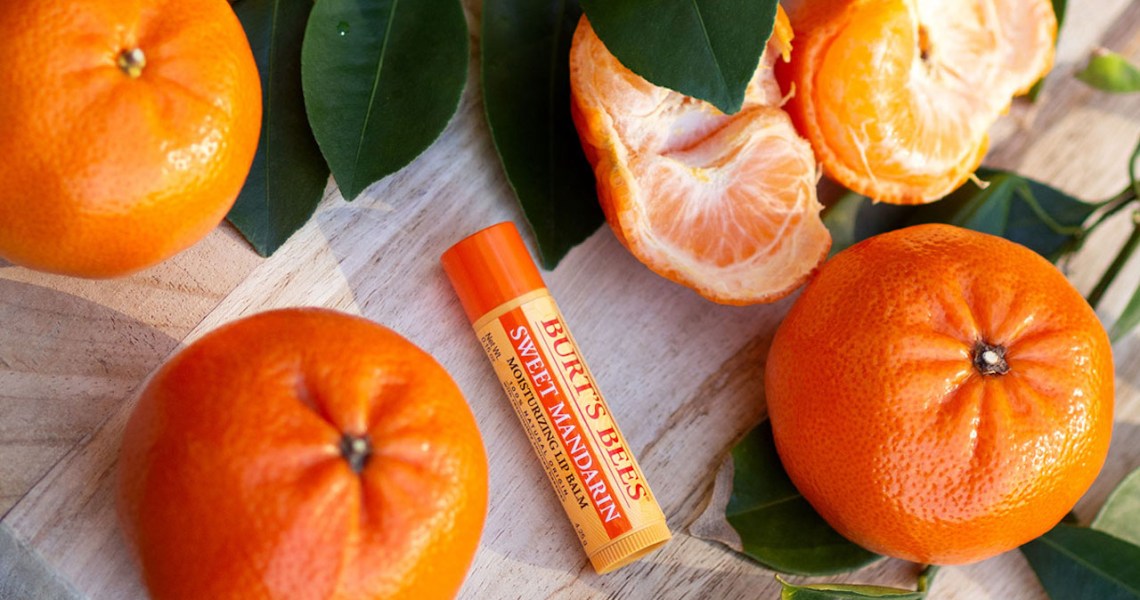A common theme from the beauty industry’s sustainability efforts is collaboration. For Burt’s Bees, its efforts extend to unlikely partners: Arizona State University students.
In April, Burt’s Bees released its 2020 Impact Report, which spelled out sustainability accomplishments completed from 2012-2020 and goals for 2025. Among many details in the report, one of its 2025 goals includes investing further in U.S. recycling infrastructure. As more brands pledge to adopt post-consumer recycled plastic materials, brands and their manufacturing partners will face a shortage and prices will increase. According to the Consumer Brand Association, in 2019, there was only enough recycled plastic in the U.S. to meet 6% of demand. This underscores the need for collaborative efforts to improve the likelihood that a product is recycled by both consumers and recycling facilities.
With the need to improve recycling efforts and reduce virgin plastic usage, Burt’s Bees looked to Arizona State University, which operates a group called The Sustainability Consortium. It was jointly formed with the University of Arkansas in 2009 as a global organization dedicated to improving the sustainability of consumer products.
“We are trying to solve the recycling issues with small-format products such as lip balms and lipstick tubes,” said Paula Alexander, Burt’s Bees senior director of sustainability. “We looked at the issue, and we proposed [ourselves] to the Sustainability Consortium at ASU to figure this out. We’ve gathered a group of our peers and students to understand the problem, do landscape analysis, and then start generating ideas and solutions.”
The collaboration between Burt’s Bees and TSC at ASU began in the Spring of 2020 as part of ASU’s Innovation Space design program. The Innovation Space course had three teams of graduate and undergraduate students from the schools of engineering, design and business propose three different ideas. In the Fall of 2020, those students began prototyping their ideas, and they presented final projects in the Spring of 2021. Burt’s Bees previously worked with the University of California-Berkeley and the University of North Carolina on similar sustainability subjects in 2017 and 2018, respectively. Other brands, like Moroccanoil, have worked with students on sustainability packaging concepts, as well.
The three teams met with outside sponsors from TSC, which included Burt’s Bees, as well as a municipal recycling company, Colgate and P&G. They connected approximately six times throughout the duration of the course to discuss specific milestones. Students would share their insights and solicit feedback from TSC. They also had access to the outside sponsors through designated virtual office hours. Once the three teams decided on their specific recycling approach, sponsors were asked to “adopt” one of the teams for closer consultations, said Cheryl Heller, Arizona State University director of design integration and professor of practice in innovation design.
The proposed solutions include what Alexander called a “smart dumpster” that would automatically sort between recyclable items and trash, an at-home plastic sorting solution that would better ensure small plastic objects make it through the municipal recycling facilities, and an advanced sorting technology that would be housed at those facilities to identify small plastic objects better.
Ad position: web_incontent_pos1
Alexander said some of the benefits of working with students on a project are that students are less constrained by pre-existing notions of developing sustainable packaging. They can also offer more dedicated attention to a singular issue than Burt’s Bees employees. It is also more affordable than hiring outside consultancies or agencies, she said. Heller agreed with these benefits and noted some downsides, which include the constrained timeline of an academic year. Also, once students are done with a project, they move on to other school commitments and classes.
“Students, like everyone, want to be involved in something with purpose; they want to feel like they’re working on something bigger than themselves,” said Heller. “There is magic when you say to them, ‘This is really hard, but here’s what’s at stake. Let’s do this together.'”
Though the academic year may be over, conversations between TSC and its outside partners like Burt’s Bees continue. TSC and outside partners met most recently on May 7 to discuss which projects to continue, ask key questions and share calls to action from other companies in the consumer industry, said Alexander.
“The reason we’re doing this is that it’s good for business,” said Alexander. “The more we can address the problems of our planet and factor that into our long-term plans for how to manage our business, [the better the business will be].”




